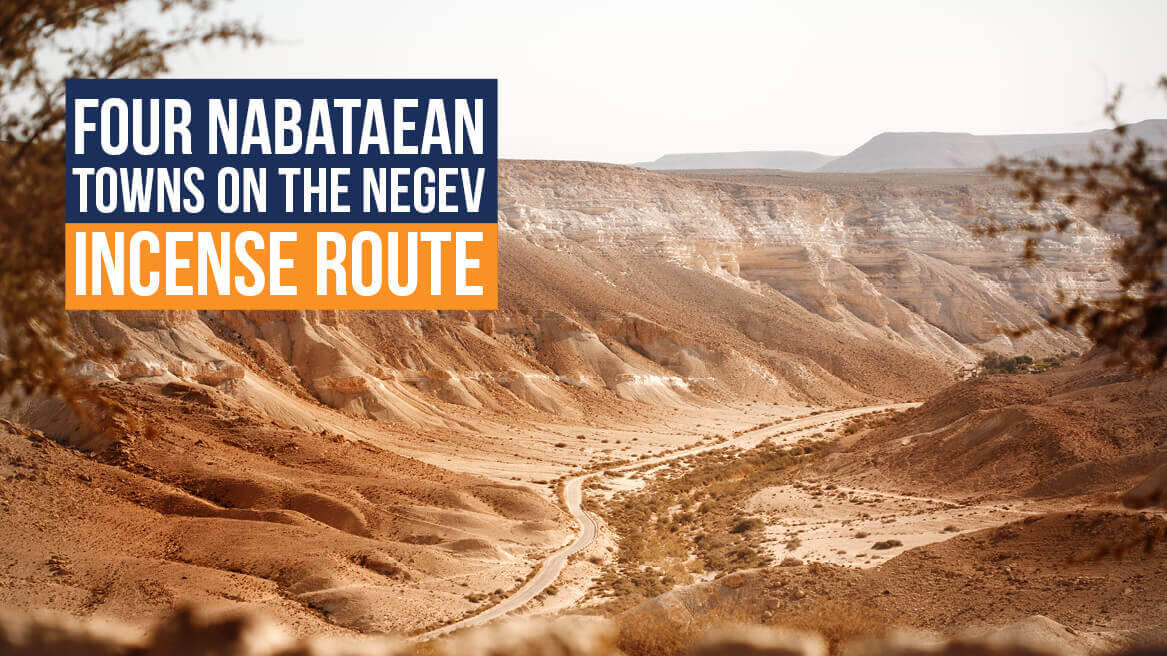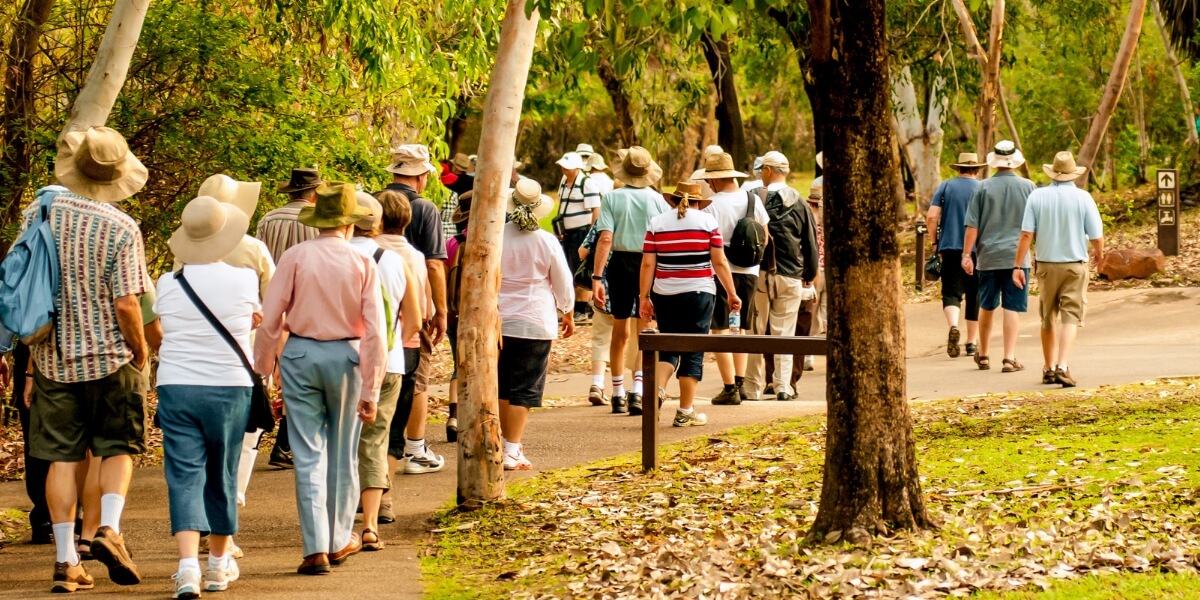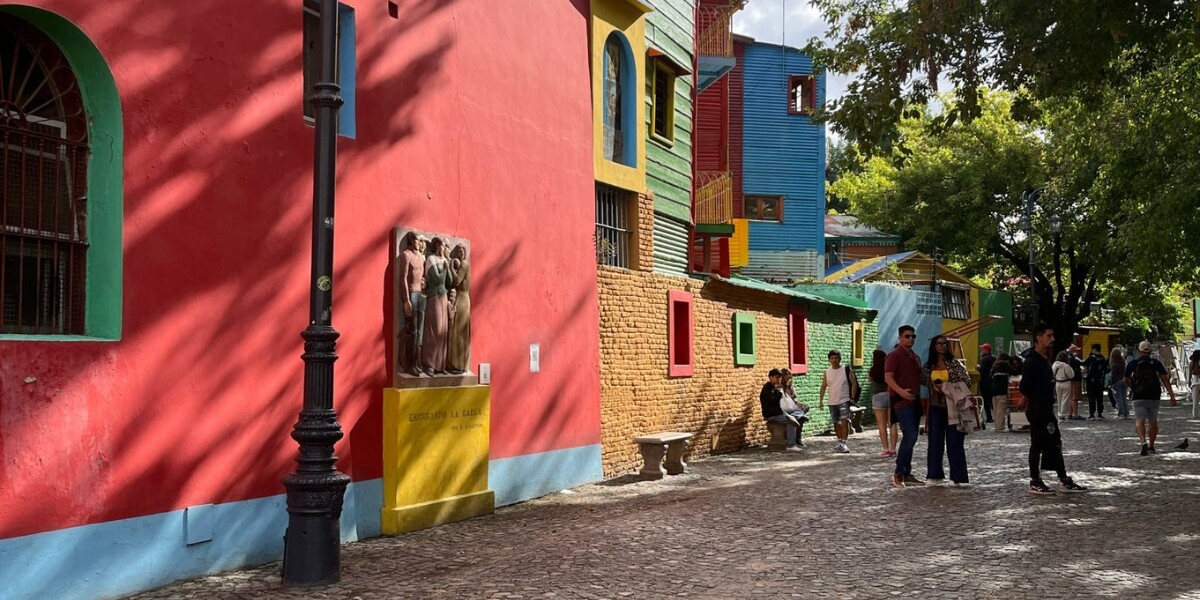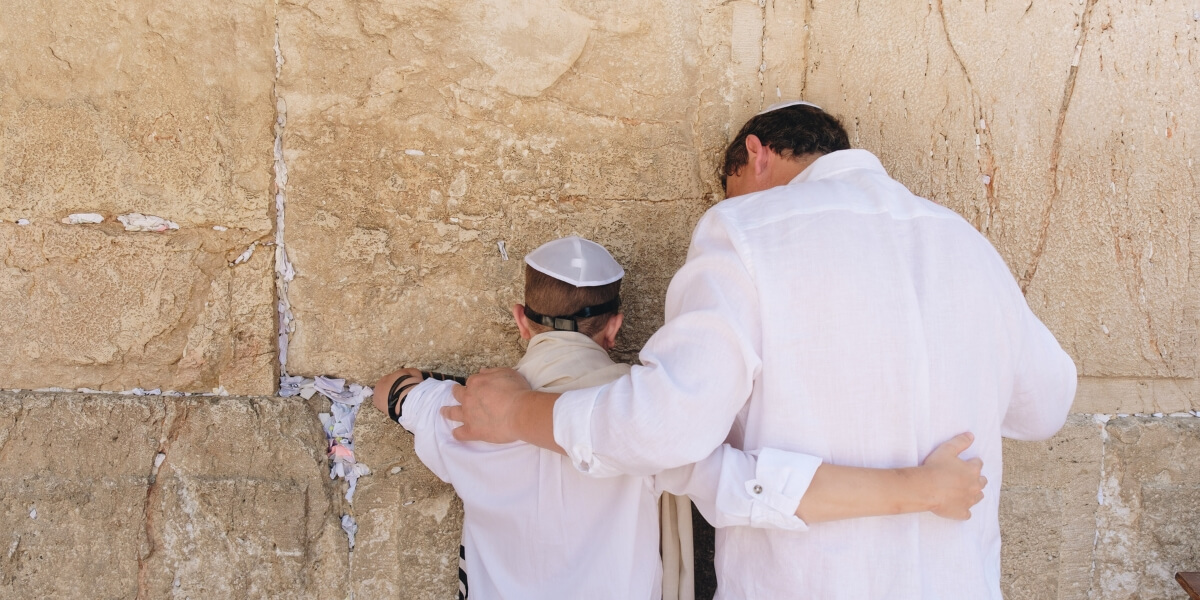
Welcome to a fascinating and ancient site, of a great historical significance for a number of nations and through multiple centuries. The Negev Incense Route encompasses incense roads, as well as the spice and luxury goods routes, which once linked Arabia to the Mediterranean, all the way back during the Hellenistic-Roman period. Knowing this, you can imagine its relevance at the time. The end of the incense route in the Negev Region has been listed as a UNESCO World Heritage Site. Besides the forts, caravanserai, and the irrigation system, you’ll find here the four Nabataean towns, situated on the main route from Gaza to Petra, which prospered particularly between 300 BC and 200 AD. The Nabataeans were an Arab people who lived in the northern Arabia and the Southern Levant, and they were immensely skilled at engineering in the difficult conditions of the region. You can witness their way of life in the antiquity, and see just how masterful they were, in their four ancient cities.
Avdat
Our first stop on the Negev Incense Route are the remains of the Route’s most important city after Petra, bustling with life between the 1st century BCE and the 7th century CE. Avdat served as a stop and camping grounds for Nabataean caravans travelling along the Petra–Gaza road back in the days when the city was just slowly being established. As a matter of fact, it was founded all the way back in the 3rd century BCE, and Nabataeans, Romans, and Byzantines called it their home. Avdat was likely inhabited up until the devastating earthquake in the early 7th century CE. At this site, remains of a temple platform were found, as well as wine presses, pottery, coins, and a Nabataean inscription. A wall had once been built around the town, and later a citadel and a monastery on the acropolis of Avdat, where the Temple of Oboda stands, near a Christian chapel and the “western temple”. In Byzantine Saint Theodore’s Church, you’ll see marble tombstones with Greek inscriptions placed in the floor. This is just the beginning, as there is so much more to see at this breathtaking site.
Haluza
On to the next awe-inspiring place. Haluza was a city near today’s Kibbutz Mash’abei Sadeh. It was known far and wide for its wines in the 5th century CE, as it was surrounded by beautiful and productive vineyards. The remains of this once great city are situated in a large plain about 20 km southwest of Beersheba. It is more difficult doing archaeological surveys in this area than elsewhere, due to the presence of shifting sands. Nonetheless, many inscriptions have been found here, but also Nabataean streets, two churches, a theatre, wine presses, and a tower. The excavations suggest that the city went through a major stage of decline in the mid-6th century, and the cause could’ve been a cooling period known as the Late Antique Little Ice Age. In 2019, German and Israeli archaeologists unearthed a 1,700-year-old Greek inscription, carrying the name of the city of Elusa, so who knows what else will be found in this amazing place.
Mamsis
Another major station on the Route is a must-see situated on some 10 acres of land. Mamsis was founded in the 1st century BCE as a trade post, but as it was developing its agriculture, the city itself evolved. The inhabitants were later breeding the famous Arabian horse for a while, but Mamsis started declining in the 6th century when the funding it had been receiving as a frontier city stopped. Todays, it’s the smallest, but the best-restored site in the area, and all of you antiquity-loving travelers can experience the once-luxurious life of this city. You’ll walk on the streets that have remained intact in their entirety, and see the unique Mamsis houses with their open rooms, carefully chiseled stones, excellently constructed arches, as well as their terraces and courtyards. Among other great treasures, two churches were unearthed here, as well as Israel’s largest discovery that includes 10,500 silver coins, a 72kg-heavy lead ingot with markings, and ancient Greek texts on papyrus.
Shivta
Located 43 kilometers southwest of Beersheba, we find our last classic Nabataean town on this little journey of ours. Interestingly, some contemporary archeologists believe this city could’ve actually been a Byzantine agricultural colony and a resting station for pilgrims on their way to the Saint Catherine’s Monastery in the Sinai Peninsula – not a Nabataean town. The reason is that many of the excavated findings in this area point to the Byzantine period. However, archeologists also discovered Roman ruins that date to the 1st century BCE. Besides that wonderful finding, a main Byzantine church and two smaller churches have been unearthed, as well as residential areas, administrative buildings, and wine-presses used to produce millions of liters of wine. The city declined and was abandoned in the 7-9th centuries, but its former residents left so much ancient beauty for you to see.
And though it’s no longer possible to see the ancient road and its ancient cities in their full glory as they stood centuries ago, we still get to come as near to that experience as possible. It’s a unique opportunity to witness first-hand the life of the people long gone and the place they’ve once inhabited.



